2. Supplementary videos
|
Featured video: Wareham Saxon burh
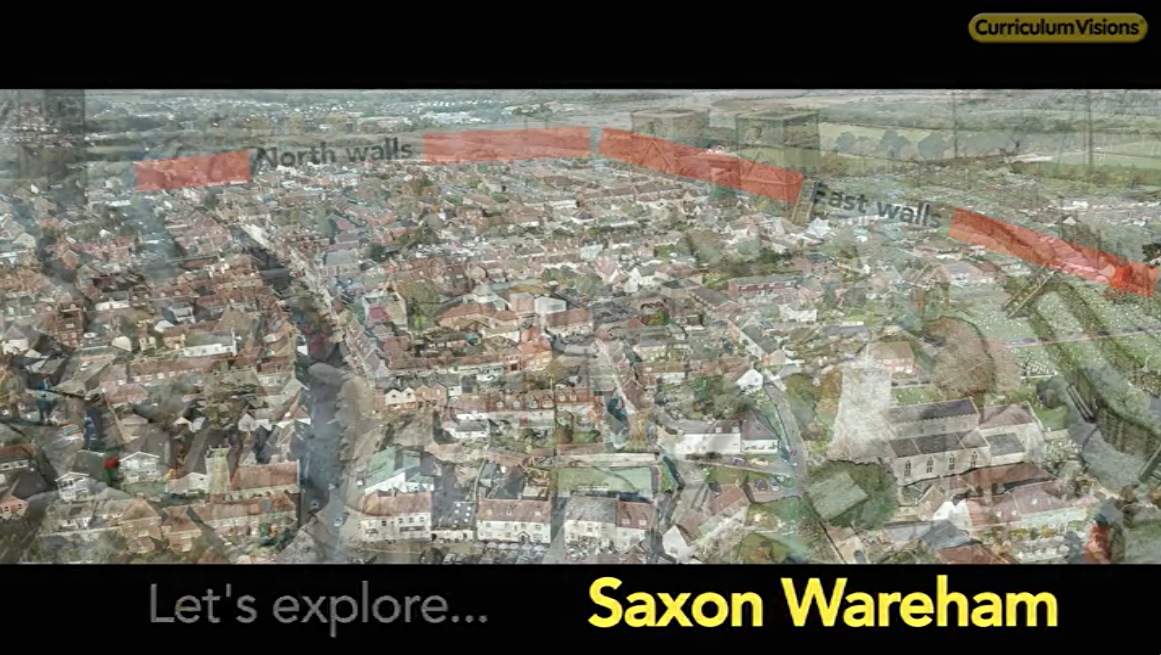
Wareham, near the south coast, was one of the most important Saxon towns and ports. It even had its own mint. You can still see it enclosed within its low earthen walls (the wooden stakes having been removed long ago).
Supports: textbook 'Saxon raiders and settlers'.
Playing time: 2 min
|
Video playlist
|
Wallingford Saxon burh
 A drive through Wallingford, the site of a Saxon burh.
A drive through Wallingford, the site of a Saxon burh.
Supports: textbook 'Anglo-Saxon raiders and settlers'.
Playing time: 4 min (V960)
|
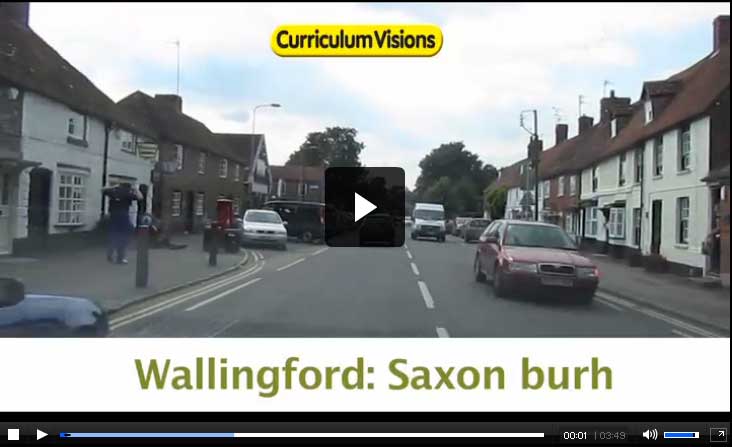
|
Alfred the Great
 Shows the statue of Alfred the Great in Winchester, along with some facts about his life.
Shows the statue of Alfred the Great in Winchester, along with some facts about his life.
Supports: textbook 'Anglo-Saxon raiders and settlers'.
Playing time: 1 min (V829)
|
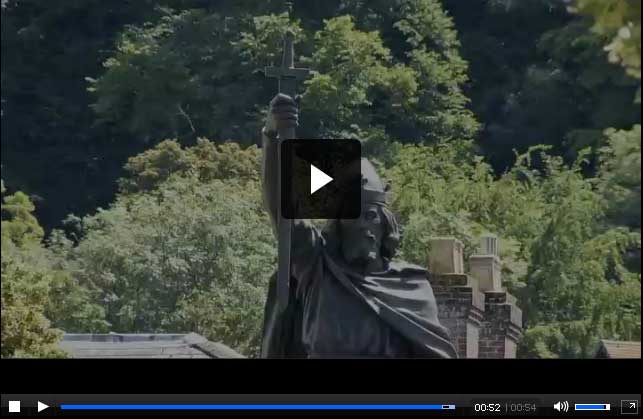
|
Making pottage

A video showing a pottage being cooked. For the poor, pottage was eaten every day. This video explains what it was, why it was made, and how it lasted as a key meal not only during times, but from its Stone Age beginnings right through to the present day.
Supports: textbook 'Anglo-Saxon Raiders and Settlers'.
Playing time: 8 min (V1040)
|
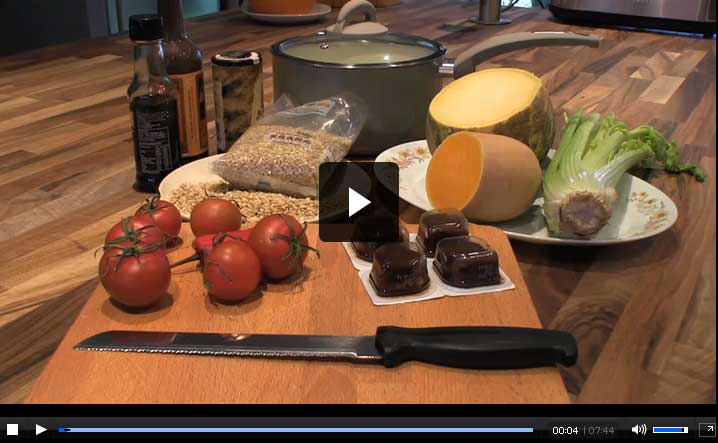
|
Making flour by hand

This video shows grain being ground by hand using a pestle and mortar to produce flour. People in the past had to grind corn manually like this to make the flour needed to make bread.
Supports: textbook 'Anglo-Saxon Raiders and Settlers'.
Playing time: 4 min (V970)
|
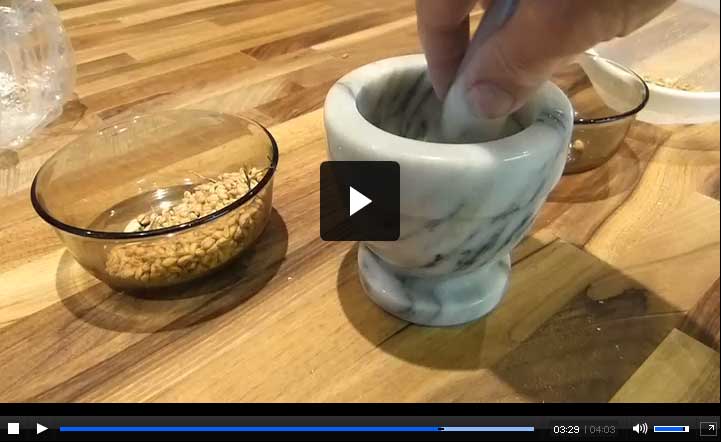
|
Anglo-Saxon churches
 Shows two of the best-preserved and longest-surviving Anglo-Saxon churches in England (in Northamptonshire).
Shows two of the best-preserved and longest-surviving Anglo-Saxon churches in England (in Northamptonshire).
Supports: textbook 'Anglo-Saxon raiders and settlers'.
Playing time: 6 min (V324)
|

|
The Moan at Canonby
 This famous cross contains a rare 'moan'. It comes from Cumbria.
This famous cross contains a rare 'moan'. It comes from Cumbria.
Supports: textbook 'Anglo-Saxon raiders and settlers'.
Playing time: 3 min (V322)
|

|
Ruthwell Cross
 Shows the Anglo-Saxon cross at Ruthwell, Dumfries and Galloway, which was originally an outside cross where people met to pray before churches were built.
Transition from pagan times.
Shows the Anglo-Saxon cross at Ruthwell, Dumfries and Galloway, which was originally an outside cross where people met to pray before churches were built.
Transition from pagan times.
Supports: textbook 'Anglo-Saxon raiders and settlers'.
Playing time: 5 min (V321)
|

|







